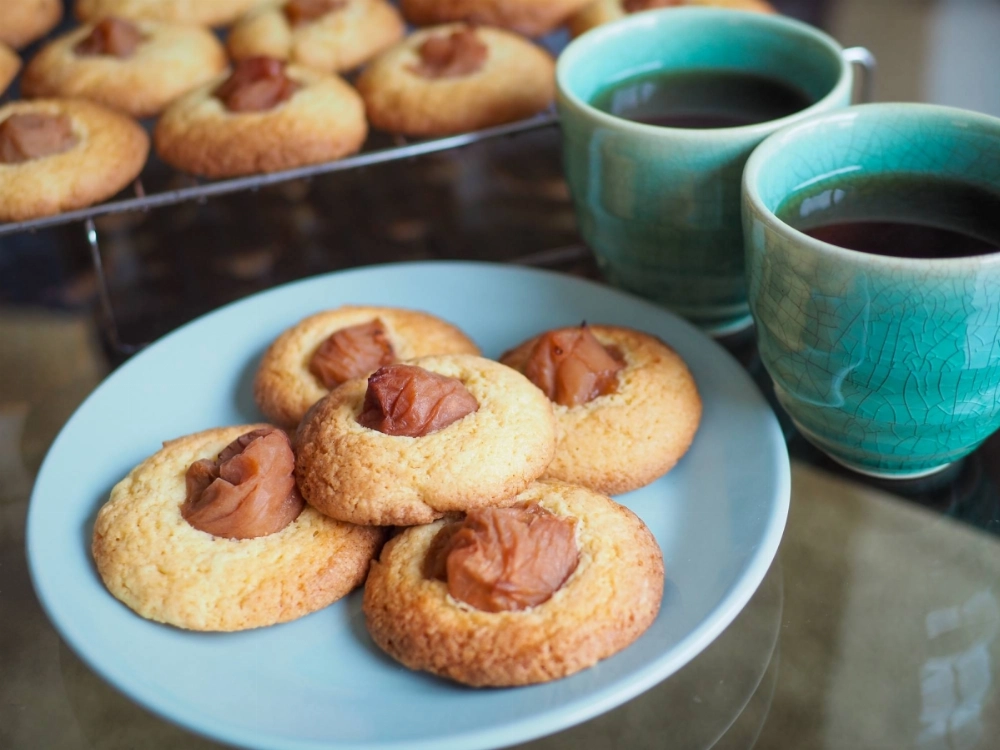Known as “ume,” Japanese plums are becoming well-known around the world these days in large part due to the popularity of umeshu (plum liqueur).
Just as in fashion within Japan are umeboshi — plums that boast an astringently saline flavor from heavy salting, which slows spoiling and inhibits the growth of mold and bacteria. The pickled fruit is a classic part of Japanese breakfast and also an iconic filling in onigiri (rice balls). (Umeboshi-flavored potato chips are also a weakness of mine.)
Hachimitsu (honey), too, is known for its long shelf life. In this case, the simple sugars in honey have an indefinite shelf life because there is little to no water present. Preserving with sugars, like in jam, is a matter of moisture management, but using sugars to lock up the liquids necessary for nasties to thrive means unwanted organisms have a much harder time growing.


















With your current subscription plan you can comment on stories. However, before writing your first comment, please create a display name in the Profile section of your subscriber account page.